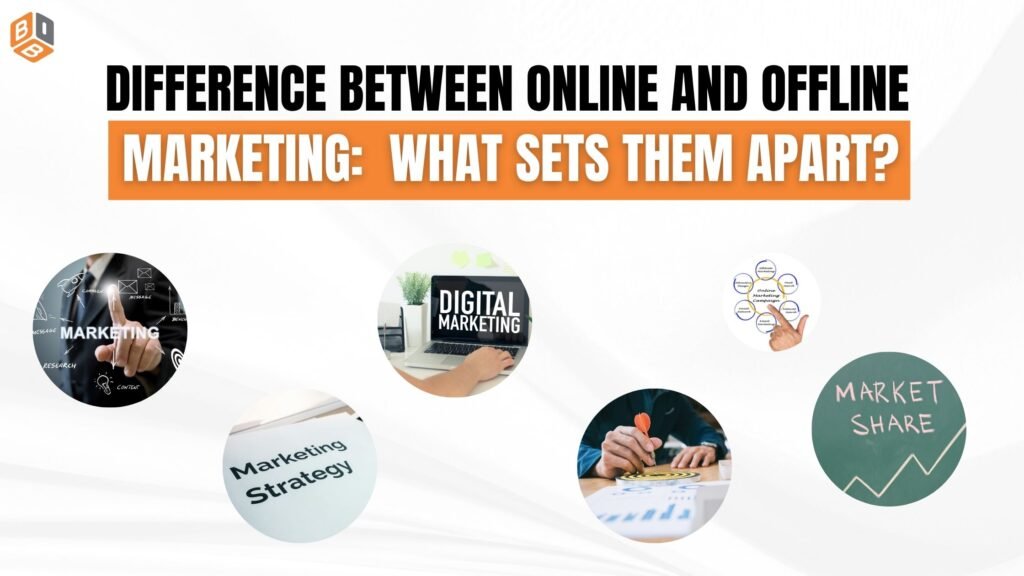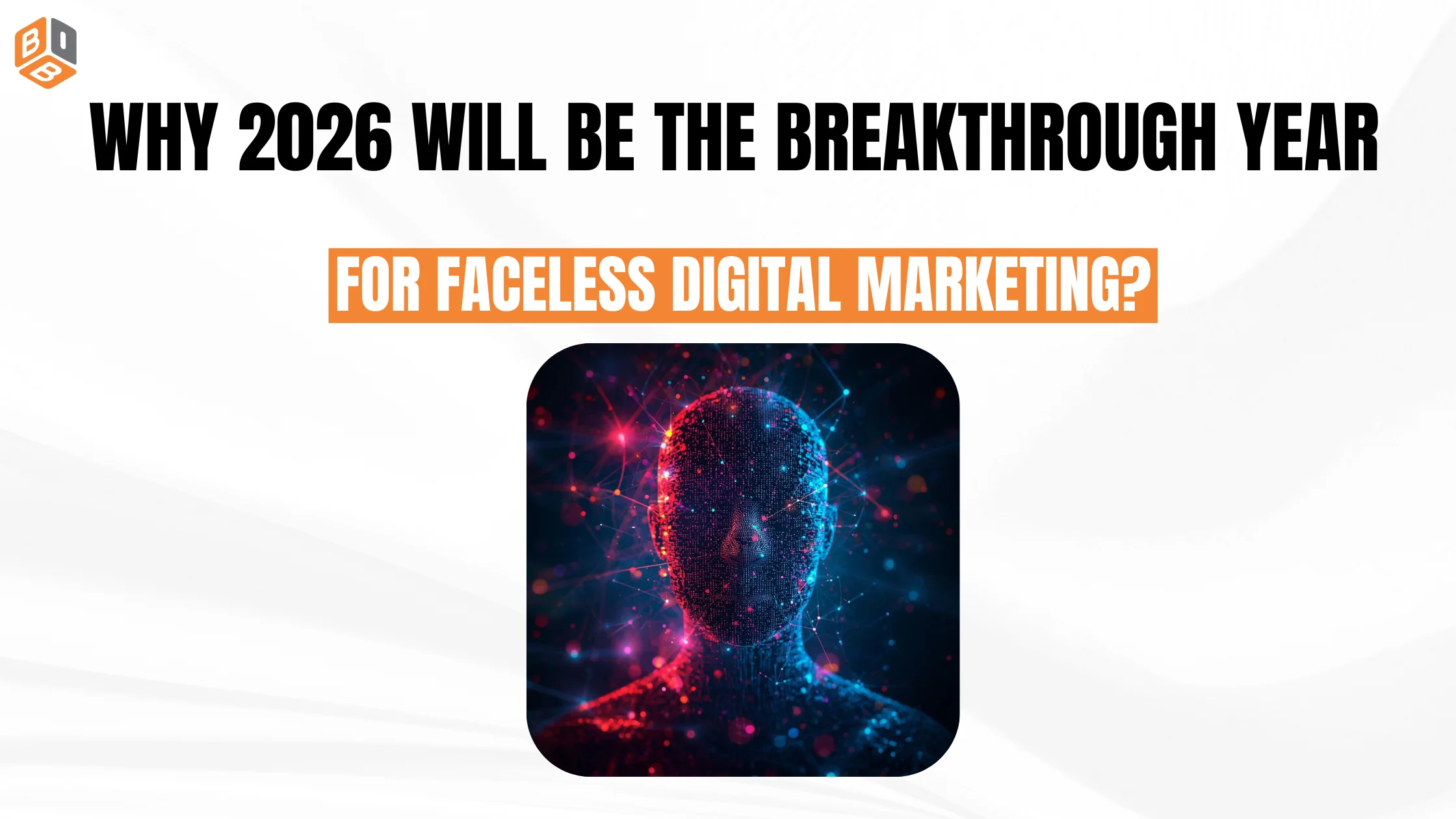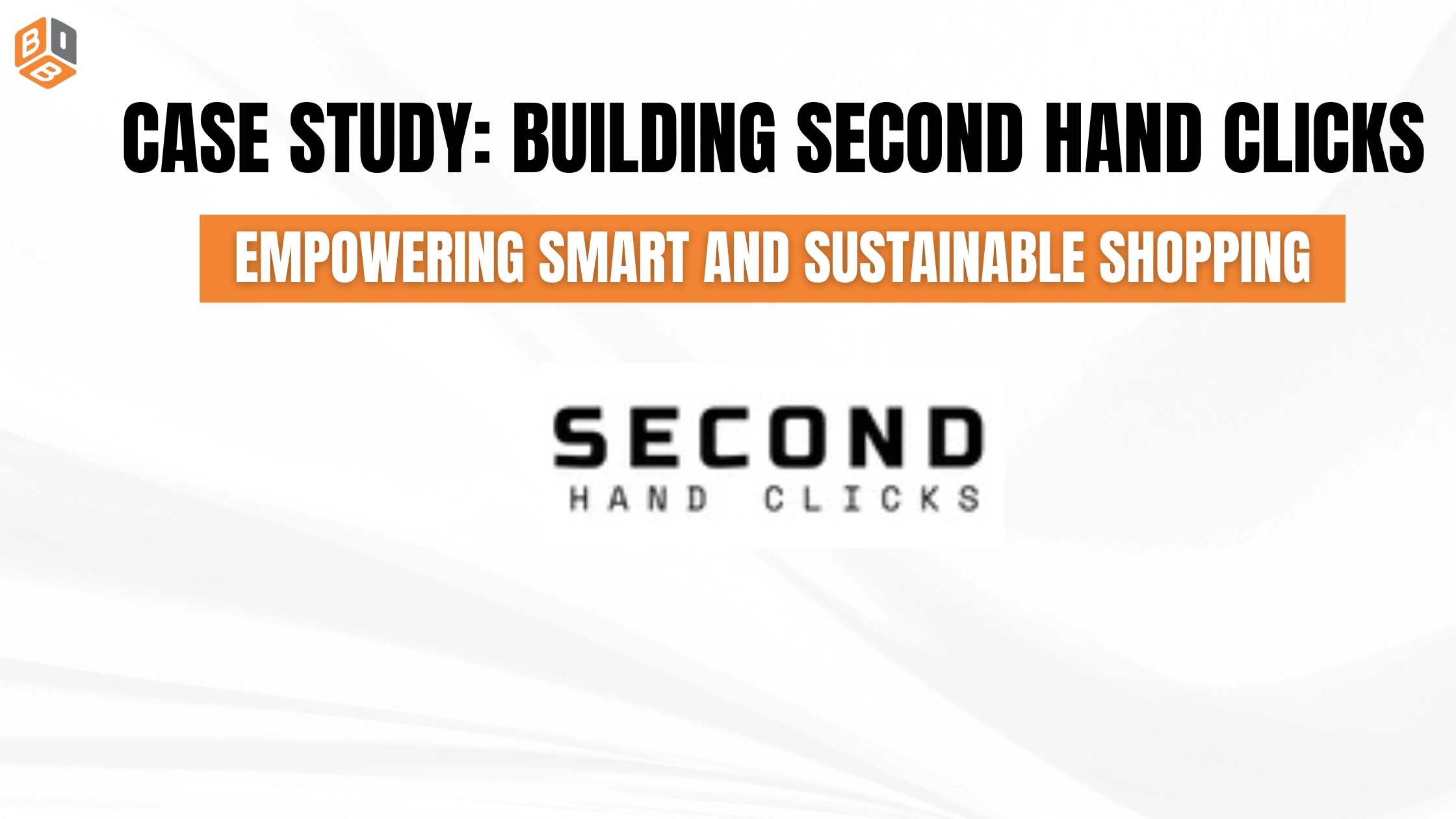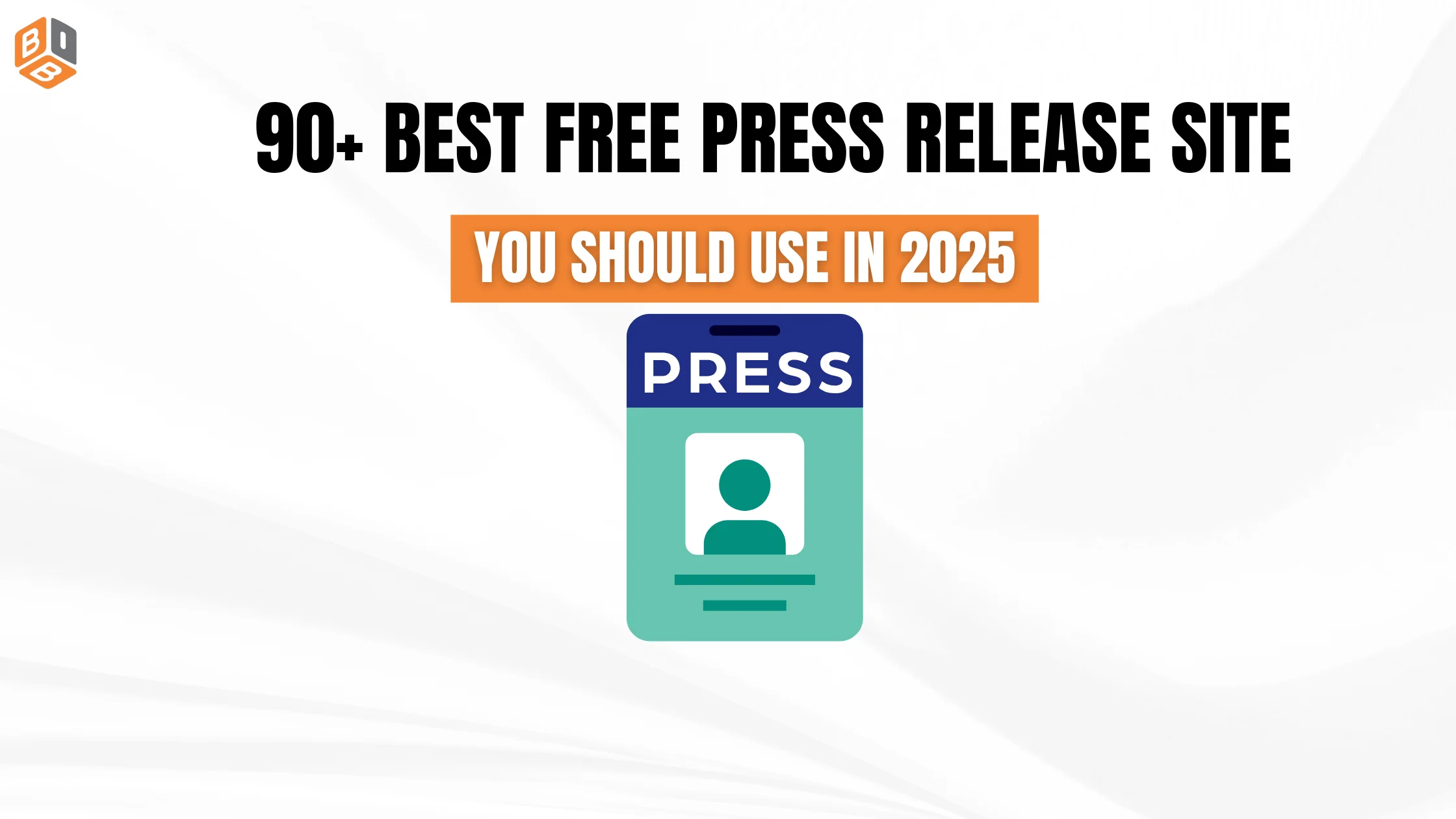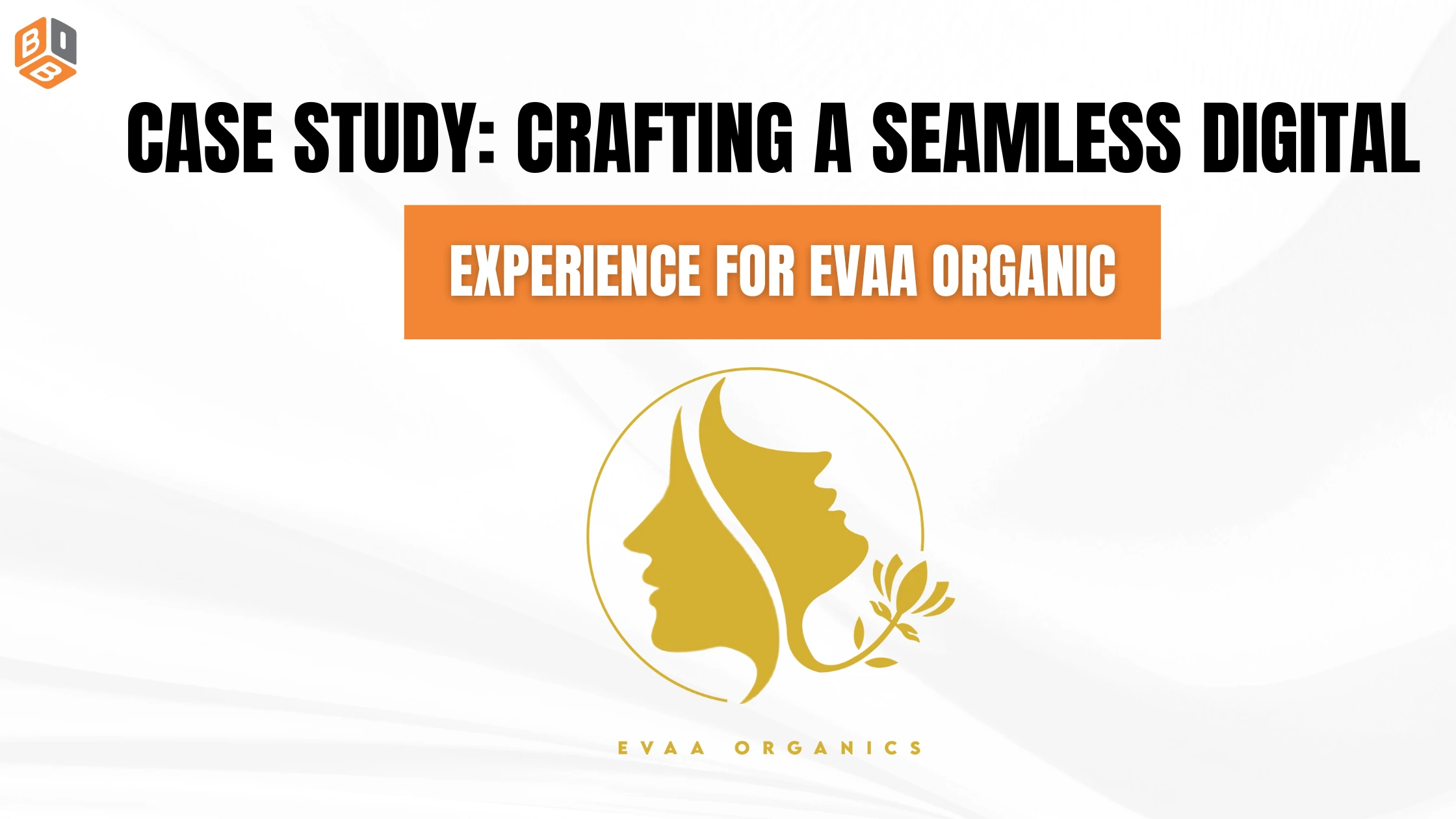For any business, reaching new heights is possible with a good marketing strategy. Marketing, being the backbone of any business, helps in bringing new customers and generating high revenue. Whether you are thinking of launching a startup or want to expand your business to new areas, all can be done with a clear and concise marketing strategy.
But it all depends on how you promote your business, product, or services while following a marketing strategy. With the evolution of digital platforms, business owners now have a choice to opt between online and offline marketing, or often a combination of both.
But what exactly differentiates these two strategies? Hi, me Raghav Dua, the performance marketing expert, will help you out along with explaining the difference between online and offline marketing, and what sets them apart according to my experience.
What Is Online Marketing?
Online marketing, also known as digital marketing, refers to the promotion of products or services using internet-based channels. These include websites, social media platforms, search engines, email campaigns, and more.
Let me first introduce you to online marketing, which is also famous among businessmen as digital marketing. Often called Digital Marketing, Online marketing refers to the strategy and technique of promoting products or services of the business using internet-based platforms such as Google, Instagram, Facebook, and others.
Key Characteristics of Online Marketing
- Internet-Driven: All online marketing efforts require an internet connection.
- Data-Driven: Campaigns are measurable with analytics tools that track clicks, conversions, engagement, and more.
Popular Channels in Online Marketing
- Search Engine Optimization (SEO): Optimizing websites to rank higher on Google.
- Social Media Marketing (SMM): Using platforms like Facebook, Instagram, and LinkedIn to engage with audiences.
- Email Marketing: Sending promotional or informative emails directly to potential customers.
- Pay-Per-Click Advertising (PPC): Running paid ads on platforms like Google Ads or Facebook Ads.
What Is Offline Marketing?
I hope you have got the overview of the online marketing and may have understood its certain aspects. Now I will get you into offline marketing, which refers to the traditional method of promotion that does not involve the internet. These techniques of marketing have been around for decades and include TV commercials, print media, radio ass and in-person events.
Key Characteristics of Offline Marketing
- Tangible Presence: Often involves physical materials such as flyers, billboards, or product samples.
- Local Focus: Typically more targeted toward local or regional audiences.
Common Channels in Offline Marketing
- TV and Radio Advertising: Broadcasting promotional content to a wide audience.
- Newspapers and Magazines: Placing ads or editorials in print publications.
- Event Sponsorships: Promoting brands through exhibitions, trade shows, or public events.
Audience Reach and Engagement
Online Marketing: Global Reach with Targeting
Reaching a new audience every day brings business, and for any business, getting new clients is utmost important, so if you opt for online marketing, then it allows you to reach a global audience almost instantly. Via this technique, you can also target demographics based on age, interest, location, and behavior, making it highly personalized and efficient.
Offline Marketing: Local and Broad Exposure
When we talk about offline strategies then it is better suited for local visibility. Depending on the business products or services, a well-placed billboard or a radio ad can reach thousands in a region, bringing more customers compared to digital ads. But it usually lacks precise targeting compared to online methods.
Cost and Budget Considerations
Online Marketing: More Budget-Friendly and Scalable
One major advantage of online marketing is its cost-effectiveness. If you are low on budget, then you can start with small budgets and scale campaigns based on performance. For example, running social media ads or SEO requires far less upfront investment than producing a TV commercial.
Offline Marketing: Higher Upfront Costs
Offline marketing typically involves higher production and distribution costs. Why? Because printing, broadcasting, and event sponsorships demand significant budgets and often lack the flexibility to adjust quickly.
Online vs Offline Marketing – Key Differences by Percentage
| Aspect | Online Marketing | Offline Marketing |
| Audience Reach | Global – Up to 85% reach potential via internet | Local/Regional – About 50–60% effective reach |
| Targeting Precision | Highly targeted – Up to 90% personalization | General targeting – Approx. 30–40% accuracy |
| Cost-Effectiveness | Cost-efficient – Save up to 60–70% on budgets | High cost – Typically 40–50% higher upfront |
| Measurability | Highly trackable – Over 90% campaign analytics | Limited – Only 30–35% measurable with effort |
| Customer Interaction | Real-time – Around 75–80% engagement | Delayed or indirect – About 20–30% feedback |
| Speed of Execution | Instant setup – Launch in under 24–48 hours | Slower – Often takes 2–4 weeks to implement |
| ROI Tracking Accuracy | Very high – Over 85% traceable data | Limited – Roughly 25–30% estimation only |
| Adaptability | Highly flexible – Change ads within minutes | Rigid – Changes may take days or weeks |
| User Base Dependence | Younger, digital users – Up to 90% active online | Older, traditional audience – Around 40–50% responsive |
Measurability and Analytics
Online Marketing: Real-Time Insights
After investment, each business wants to track the results of their marketing campaign, and for this, Online platforms offer robust tools like Google Analytics, Facebook Insights, and email open rates to track campaign success in real-time. It becomes easy for businesses to measure every aspect, from impressions to conversions, and make data-backed decisions.
Offline Marketing: Difficult to Track
Tracking ROI in offline marketing is challenging and often estimated. You might rely on sales figures, foot traffic, or customer feedback, but direct attribution is difficult without specific tracking tools like coupon codes or unique phone numbers.
Customer Interaction and Feedback
Online Marketing: Two-Way Communication
Digital platforms allow for real-time customer interaction. Brands can respond to queries, gather reviews, and adjust content based on feedback quickly, fostering strong relationships.
Offline Marketing: One-Way Communication
Offline marketing is largely broadcast-style — businesses speak to consumers, but there’s limited immediate feedback. Customer reactions are delayed and harder to interpret without face-to-face interaction.
Speed and Flexibility of Campaigns
Online Marketing: Fast and Adaptable
Campaigns can go live within minutes online and be adjusted on the fly. You can A/B test ads, change messaging based on performance, or pause a campaign instantly.
Offline Marketing: Time-Consuming Execution
Producing a billboard, print ad, or TV commercial can take weeks to months, and once launched, it’s difficult to make quick changes.
When to Use Each Strategy
Choose Online Marketing If:
- You want precise targeting and personalization.
- You need quick feedback and ROI tracking.
- You’re working with a tight or scalable budget.
- Your audience is digitally active.
Choose Offline Marketing If:
- You’re targeting a local audience or traditional demographic.
- You’re focusing on brand awareness in physical locations.
- You want a tangible presence in events or communities.
Conclusion
That’s a wrap for now — signing off, stay cool and take care! Understanding the difference between online and offline marketing is essential for any modern business. Online marketing offers unmatched reach, flexibility, and analytics, while offline marketing provides strong brand presence and trust, especially in local markets.
Instead of viewing them as competing strategies, many successful brands today use a hybrid approach, combining the measurable power of digital with the trust-building impact of traditional marketing. The key is knowing your audience, setting clear goals, and choosing the right mix that aligns with your brand’s identity and resources.




